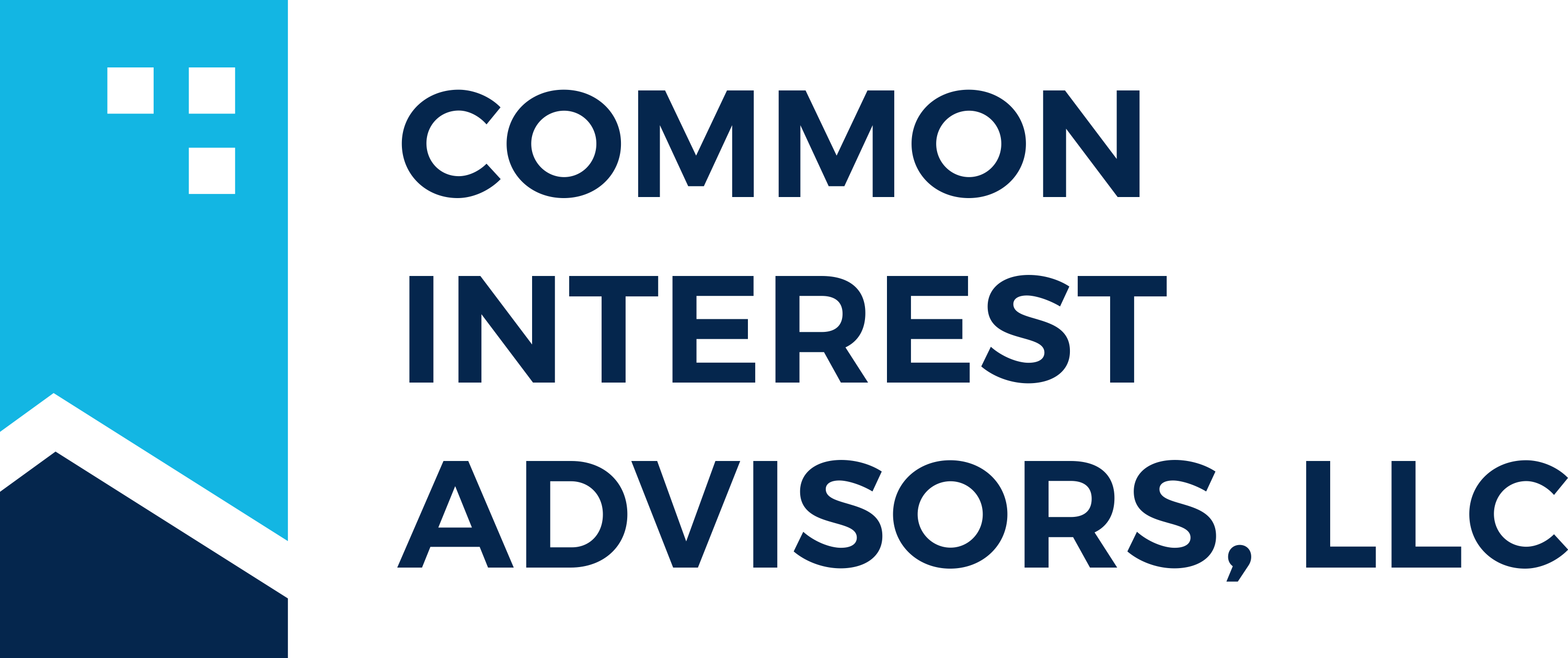
Reserve studies are meant to safeguard property values and prevent costly surprises. When management, boards, or consultants manipulate the numbers, these reports can conceal liabilities and overstate assets, leaving owners exposed to significant future costs.
A troubling example emerged when I filed a detailed ethics complaint with the Community Associations Institute (CAI) against credentialed reserve specialists. Despite providing extensive documentation that showed inflated fund balances, omissions of key liabilities, and unrealistic assumptions, my complaint was dismissed. CAI required additional documentation in a burdensome format rather than addressing the substantive governance and ethics concerns.
Sham reserve studies often share warning signs: overstated starting balances, missing components, unrealistic lifespan estimates, ignored tax liabilities, and deferred projects pushed outside the planning window. These tactics can mask tens of millions in unfunded liabilities and erode long-term financial health.
Homeowners can protect themselves by ensuring the full board participates in every stage of the reserve study, verifying numbers against audited financials, questioning assumptions that reduce funding needs without clear justification, and demanding complete disclosure of liabilities, inflation impacts, and taxes.
Informed oversight is the best defense against reserve study manipulation. Communities that fail to recognize these red flags risk devastating special assessments, legal exposure, and financial instability.



